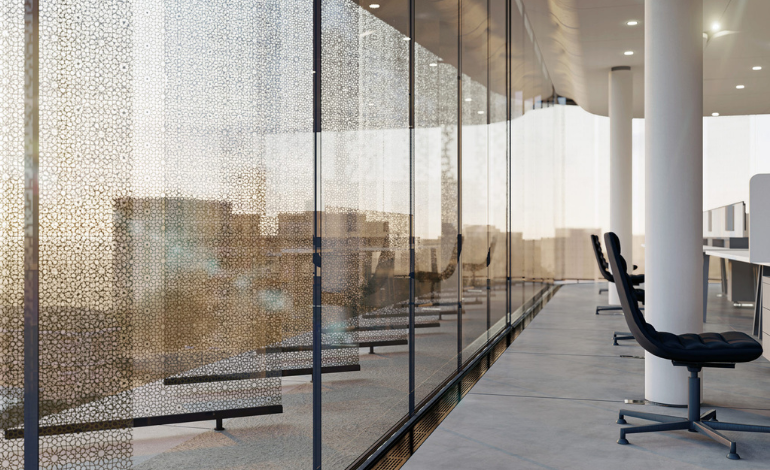
An epitome of safety, laminated glass revolutionizes protective glazing by incorporating a polyvinyl butyral (PVB) layer meticulously between glass sheets. This advanced safety glass is meticulously crafted through a high-heat bonding process, establishing resilience in a myriad of safety-critical applications.
Its innovative construction ensures not only enhanced safety and shatter resistance but also clear visibility, sound insulation, and UV protection. Customizable in various sizes, laminated glass stands resilient against environmental elements, making it the ideal choice for diverse architectural designs.
Laminated glass redefines safety standards, featuring a polyvinyl butyral (PVB) layer for enhanced strength and resilience. With the ability to maintain integrity even when shattered, laminated glass ensures safety in diverse applications. Its versatility, clear visibility, and customization options make it an ideal choice for various architectural and safety needs.


Delve into the advanced safety features and applications of laminated glass. Discover how the PVB layer enhances safety, where it is commonly used, and the customization options available. Explore the key aspects of laminated glass through the following questions and answers:
The PVB layer acts as a strong adhesive, holding the glass layers together even when broken, reducing the risk of injury.
Laminated glass finds versatile applications in areas where safety is crucial, such as automotive windshields, building facades, and security glass installations.
Yes, laminated glass is available in various thicknesses and sizes, offering customization options to meet specific architectural and safety needs.